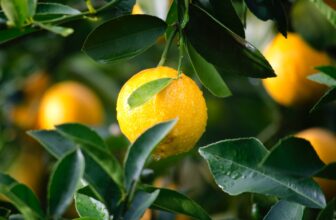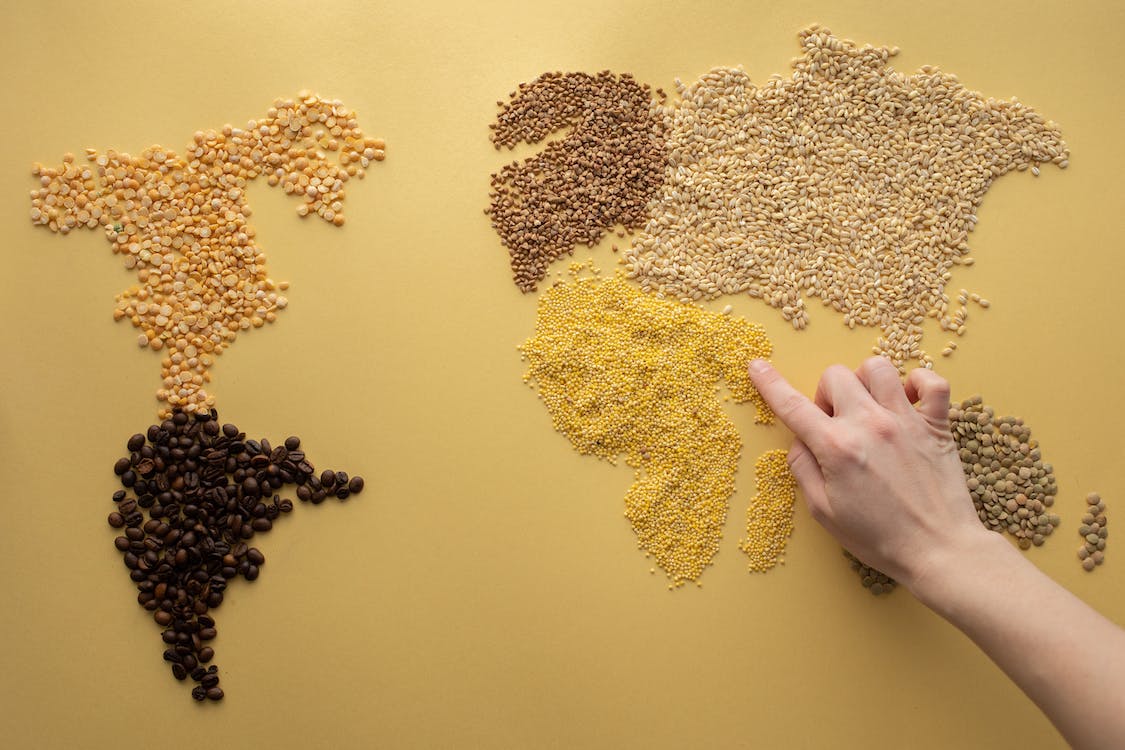
Table of Contents
Millet is known as one of the oldest crops to be grown dating back to 6000BC. It is grass that bears small grain-like seeds and can grow in dry and arid climates, and thus is the main food crop in many Asian and African countries. Here’s a closer look at millet, what it’s used for, and how you can grow it at home.
What is Millet?
The year 2023 is declared the International Year of Millet by the United Nations (UN). This was a proposal put forward by India and approved by the Food and Agricultural Organization (FAO). The main objective of this initiative is to create awareness of the health benefits and sustainable aspects of its farming.
Millet belongs to the Poaceae family and is a cereal crop. It produces grains that are small-sized and rich in vitamin B, protein, calcium, fiber, and iron. It is the sixth most important grain crop in the world and 1/3 of the world’s population lives on millet.
What makes Millet more interesting is that it is a gluten-free grain. So, if you are on a gluten-free diet or are allergic to gluten, millet is a great choice when you need to include essential nutrients in your meals.
Millet is usually grown in large plantations, but it can be homegrown to add character to your garden or simply for the experience of growing this superfood. If you would like to have a go at growing your own millet, we have got you covered. Let’s have a look at what’s involved in planting and caring for millet so that you can have a bountiful harvest of millet from your own backyard.
Planting Millet
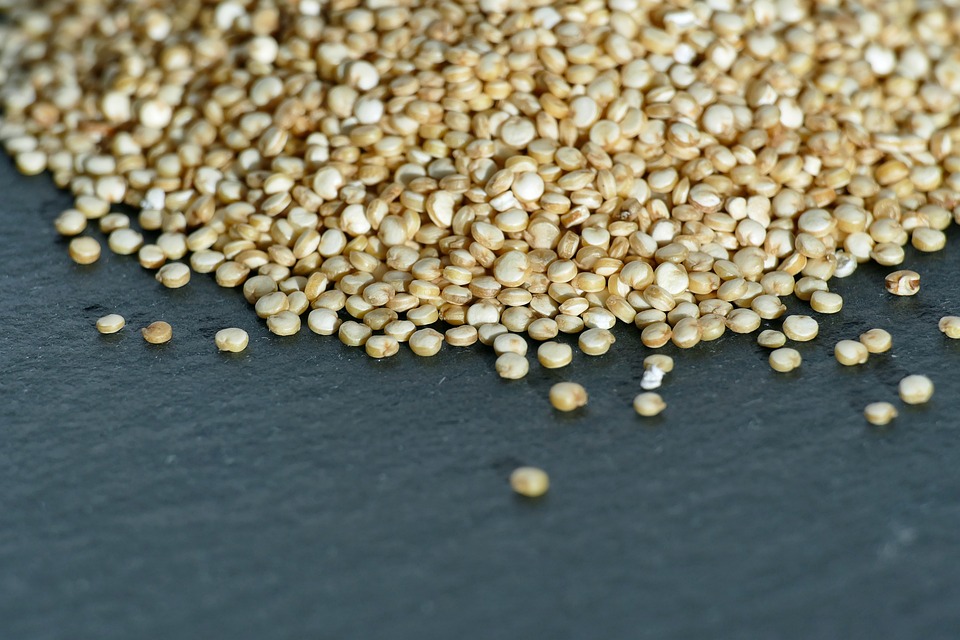
Growing millet is easier than you think. Millet can easily be grown in containers, raised garden beds, or in your backyard without too much of a hassle. It’s a fast-growing crop that takes about 60 days to mature and grow to a height of 30 to 130 cm (1 to 4 feet).
If you are planting millet in your backyard, choose a sunny place as millet needs full sunlight with the soil temperature at almost 65 F. If you plan to save seeds to replant, it’s best to plant just one type without having different types together as millet cross-pollinates. Millet should be planted 1-3 inches deep with about 2 inches distance from one another.
Here are some popular millet varieties that can be grown in your home garden.
- Sorghum Millet
- Pearl Millet
- Kodo Millet
- Finger Millet
- Barnyard Millet
- Foxtail Millet
- Little Millet
- Brown Top Millet
- Proso Millet
How to Care for Millet Plants
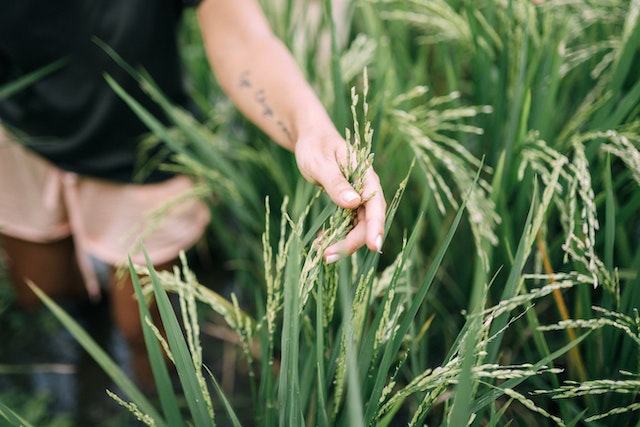
Millet is not a needy plant, so it requires low maintenance. Once you plant them in a location with ideal growing conditions, they will grow mostly on their own. With the right care, you could maximize the yield.
Watering
Millet is a hardy plant and can live in dry and drought-like conditions. You do not need to water it much, just keep the soil moist. An inch of water a week is all your millet will need. It is a good idea to place a layer of shredded leaf mulch to retain moisture in the soil.
If the crop is receiving regular rainfall, then just water it during times of drought. The best way to water millet plants is using a drip system, and it is best to water them during the early hours of the morning. This allows the water to dry out during the day before night falls and the temperature drops. Millet does not like water–logged soil so only water it when the soil has started to dry.
Temperature and Sunlight
Millet loves growing in places with full sun and warm temperature. Plant the seeds well after the last frost, with a soil temperature of about 65 F, which is the minimum temperature at which millet can be grown. If you capture adequate sunlight and the correct temperature for your millet, the plant grows to a beautiful deep purple.
Soil
Millet plants can tolerate poor soil conditions and can even grow in soils where other crops such as rice have failed. So, there is a high chance that you can successfully grow millet with minimum requirements. Millet produces yield quickly and can be grown up to three times each year. It grows best in neutral pH soil that is well-drained, warm, sandy, or loamy.
Fertilizer
With millet, fertilizing in optional and it is up to you if you would like to fertilize your crop. Be careful, as the seeds can get burned due to fertilizers, and try to apply fertilizers rich in nitrogen. You could use fertilizers at the time of planting and then a month afterward.
Pruning
You do not need to prune your millet plants as it doesn’t produce a second harvest. You could use the stalks for hay or silage after harvesting the crop. In large plantations, animal grazing could start when the plant is 12-18 inches high.
Propagation and Regrowth of Millet
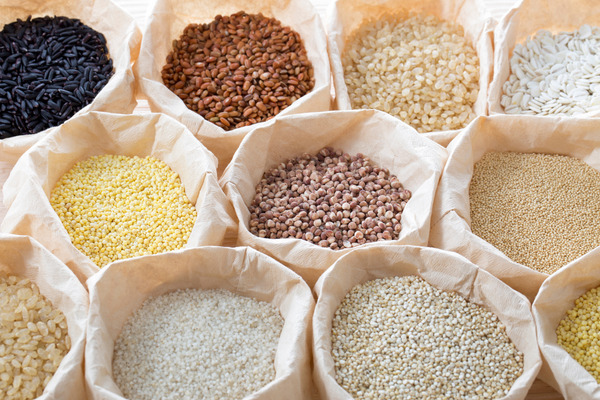
You can only grow millet from seed, and you can save seeds from this year’s crop for the next year.
Harvesting
Millet is harvested 70-90 days after planting. You can harvest your millet as soon as the top half of the head turns brown, with the lower half of the head slightly green. Early harvesting at this stage will save you seeds without a loss. Place your millet heads in a cool dark place to dry and after a few days, rub the head to release and separate the seeds from it. After you have the seeds off from the head, you’ll have to leave them to dry again.
Millet seeds need to be dehulled for consumption. Most millet varieties have seeds that can be easily hulled by rubbing them or winnowing the seeds with a fan or breeze.
Most millets like proso and pearl have easily removable hulls that can be separated by rubbing them off or winnowing them with a fan or breeze but foxtail millet has thicker hulls that may require a hand mill.
Storing
Millet can be stored as grain seed in a cool dry place for up to a year. Grain seed can be ground and stored as flour for up to 6 months. Cooked millet can be kept in the refrigerator up to 5 days.
Common Problems Millet Crops May Face
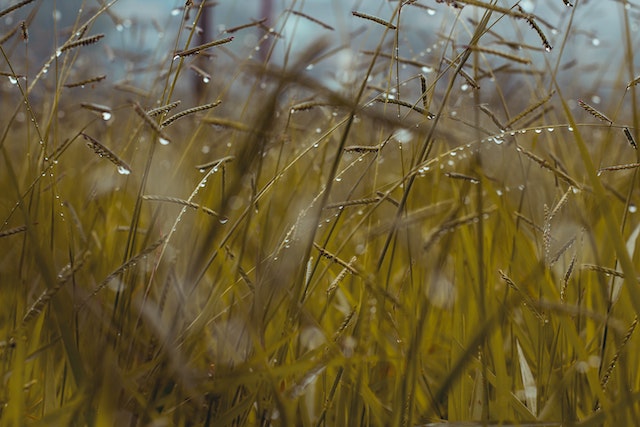
Although millet is easy to grow, there could be some problems that you need to look out for so that your millet grows well. Let’s see what problems are there when growing millet and how these can be solved.
Poor Growth
Growing millet out of bad seeds can end in poor growth. The seed may have been placed in cold or wet soil in the nursery, thus making it difficult for them to thrive. Another reason may be weeds, always check your crops regularly and pluck out any weeds around them. Weeds can take little nutrients from the soil and deprive your millet plants to get their share of nutrients.
Lackluster Color
If you plant pearl millet in full sun, then the leaves turn a deep purple or maroon color. This color is very ornamental but can be only reached with the correct light and temperature conditions.
Pest
Millet is a fairly resilient plant but is prone to pest attacks every now and then. Here’s what you can do to make sure your plants are safe from some of the most common pests.
- Common pests that attack millet are spider mites and aphids. Using insecticide sprays or soap will kill these pests. Another option is to wipe them off using a cloth.
- There might be wireworms that infest your garden. You can remove wireworms affecting the plant using biological control techniques, and insecticides or remove them by hand.
- Armyworms and grasshoppers are not harmful to animals or humans but can damage your millet. Chinch bugs can also be a threat. Treat armyworms and grasshoppers with some BT (Bacillus thuringiensis) spray. Use Beauveria bassiana, a natural fungus that acts as a pathogen to keep the chinch bugs off your millet.
- Birds love millet seed which can be a problem as they eat the seed head and non-germinated seeds in the soil. You can soak seeds overnight and let them dry which will keep the birds away. Using a net to cover your millet will protect the crops from the birds and harvesting prior to its head deteriorating is another way to save your crop.
Diseases
Here are some common diseases that can affect your millet plants and what you can do about them. Most often, you could use fungicides to solve the problem:
- Ergot (a type of fungus where a black elongated fruiting body grows in the ears)
- Downy mildew (type of fungus resulting from wet foliage)
- Cercosporin leaf spot (tan and brown spots on the leaves)
- Leaf rust (appears in humid weather)
- Head and kernel smut (fungus disease in cereal plants that affects the ear to change into a black powder)
Wrapping Up
Millet is the oldest known food crop and is very easily grown. It is a drought-resistant crop popular around the world as a powerhouse for minerals, vitamins, and protein. Being gluten-free makes millet even more attractive.
Although millet is usually grown in large plantations it can be grown in your backyard. Hope this article has inspired you to have a go at growing this healthy food crop for a bountiful harvest of your own home-grown superfood.
FAQs
- Is millet healthier than rice? Yes, millet is a lot healther than rice as it’s high in fibre and protein. The healthiest version of millet is unpolished millet which contains high amounts of vitamins and minerals.
- Is millet and quinoa the same? Millet and quinoa are both whole grains which means that they both contain the whole grain kernel. Technically, millet is considered a pseudocereal.
- Does millet raise blood sugar? Millet is a lower GI food that raises blood sugar slowly instead of in rapid spikes like high GI foods. As a result, it can keep your blood sugar steady, help you lose weight, and lower cholesterol. Therefore, it’s an extremely healthy food for diabetics.
- How much millet can I eat per day? The ICMR-National Institute of Nutrition in Hyderabad recommends eating up to 1/3 rd(90-100gm) of millet per day.
- Do millets cause constipation? No, millets do not cause constipation on their own. However, you are advised to chew them properly as it can help break them down thoroughly before your digestive system begins its work.






